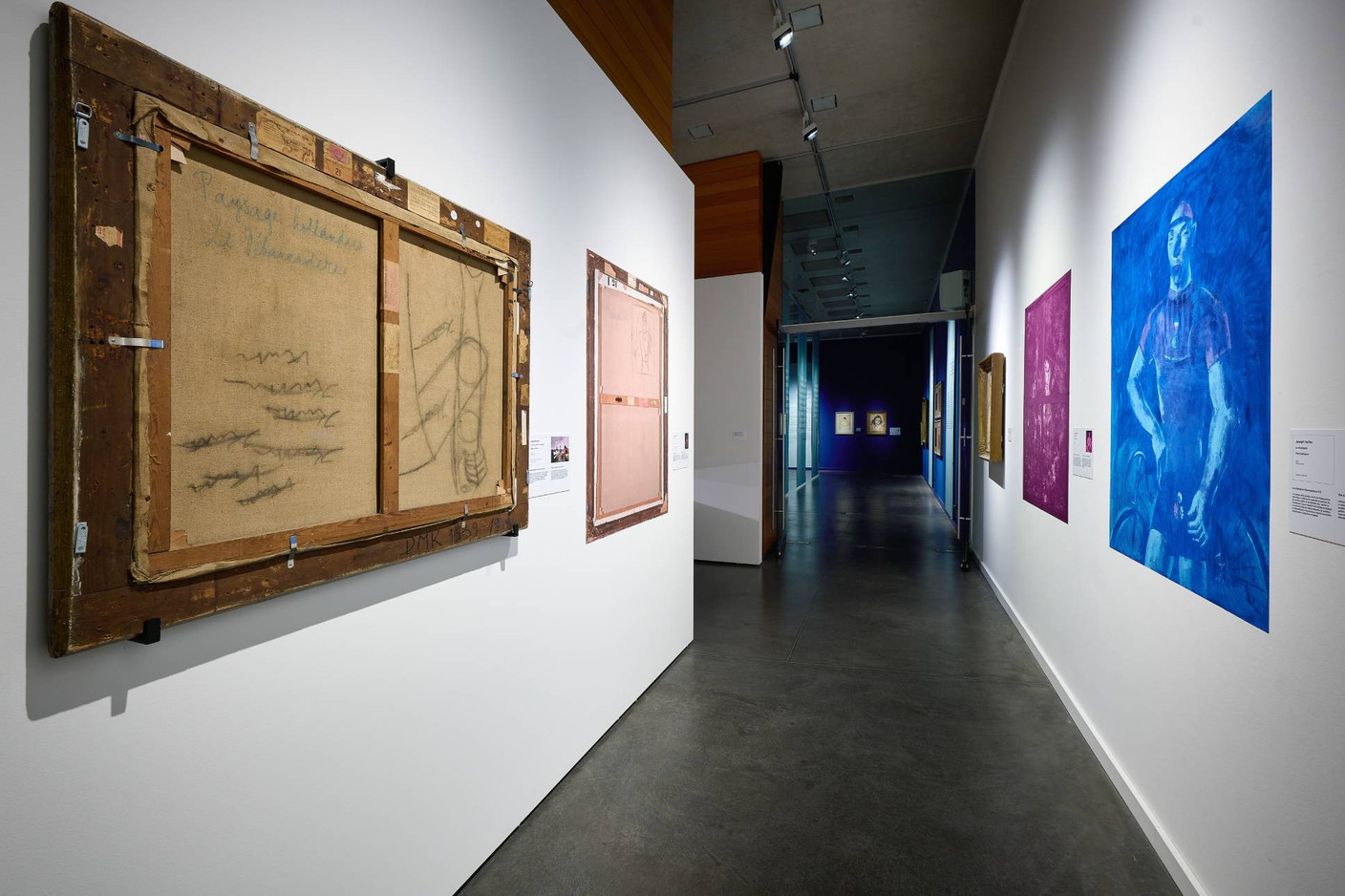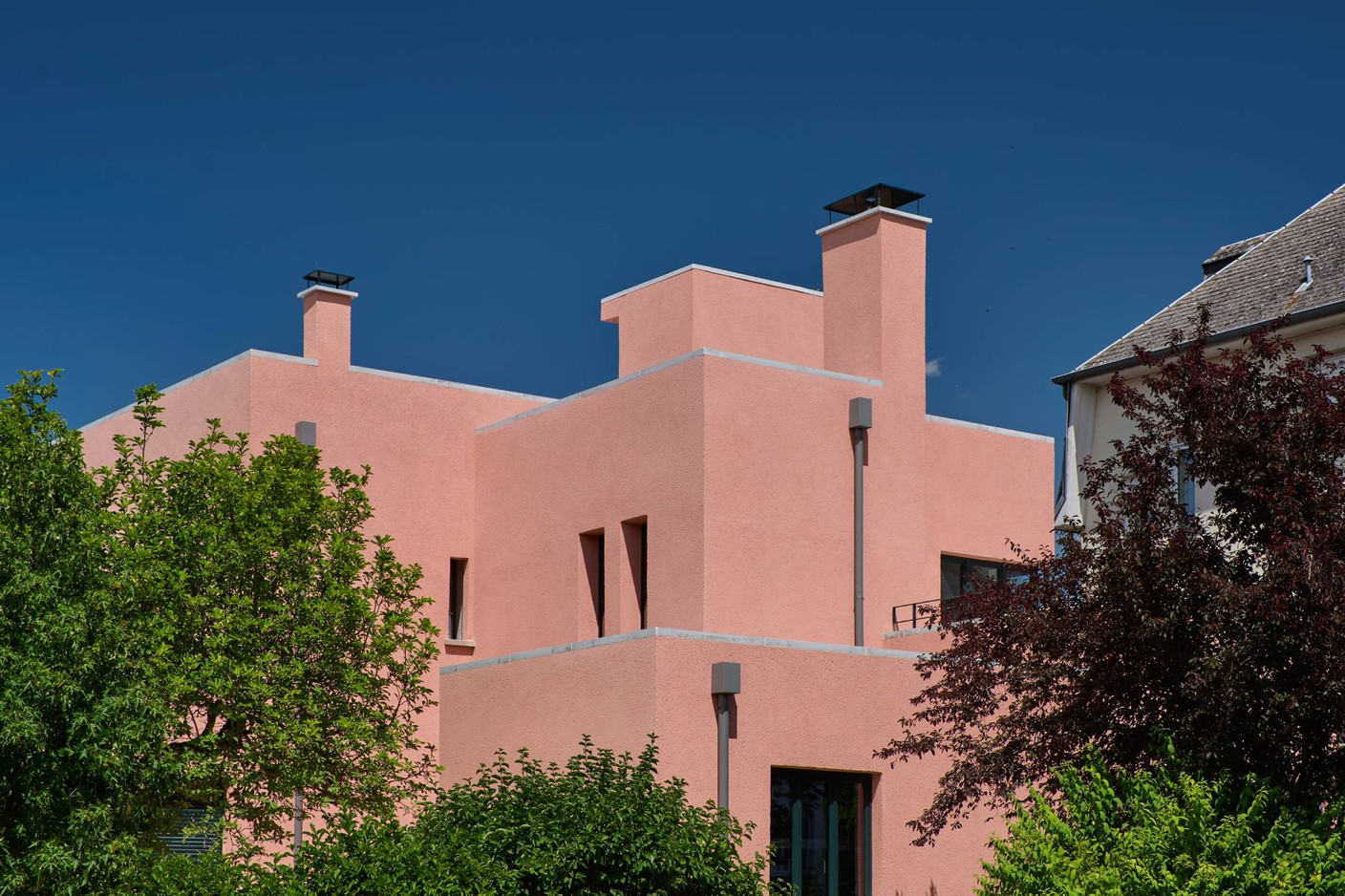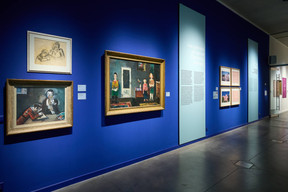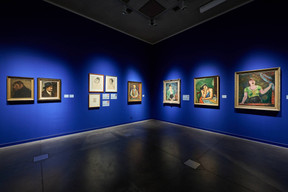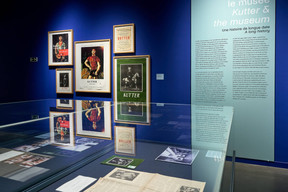Joseph Kutter is certainly Luxembourg’s best-known artist, and the national museum has already devoted no fewer than five exhibitions to him. For this new exhibition, entitled “Dem Kutter seng Gesiichter” (the faces of Kutter), curators Lis Hausemer and Muriel Prieur have concentrated on works depicting human figures and portraits. This exhibition is also an opportunity to show a work--“Le Champion”--recently acquired through a crowdfunding appeal.
“This exhibition is also innovative in that we have returned to the museum’s Kutter rooms but retained the museography installed for the previous temporary exhibition,” explains Michel Polfer, director of the museum. “This exhibition is therefore an opportunity for us to develop new, more sustainable habits for the museum, at different levels, whether in terms of preparation and transport, the choice of works or even their hanging.”
The faces of Kutter
Upon entering the exhibition, you are confronted with a series of Kutter’s portraits, including some of the best-known: “Suzanne” (1933), “Le Cheval de Bois” (1937), “Tête de Clown” (circa 1937) and “Autoportrait” (circa 1933-34). But the centrepiece is “Le Champion,” recently acquired thanks to a series of private donations in response to an appeal launched by the museum.
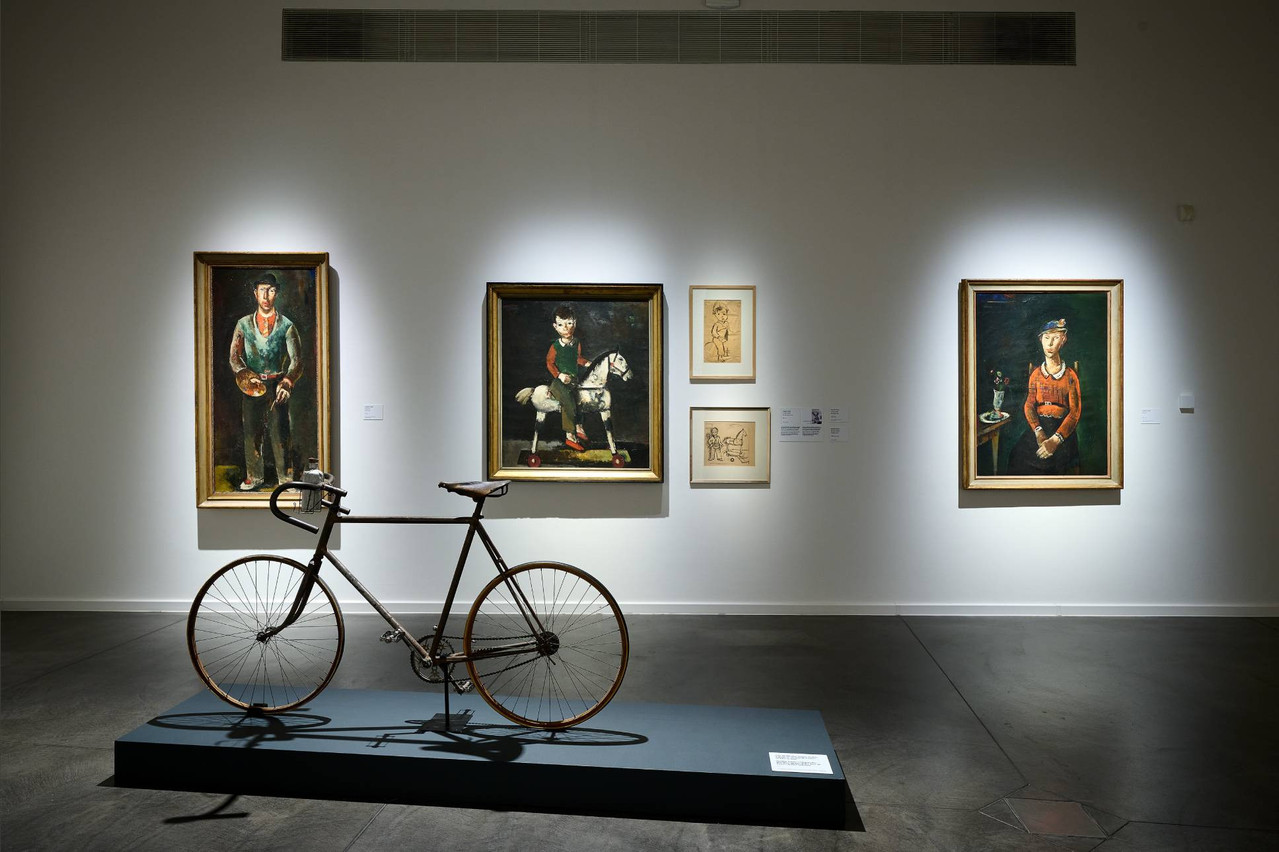
Kutter's most famous portraits are brought together in this exhibition. Photo: Tom Lucas
“Figures are the most important works in Kutter’s oeuvre,” explains Hausemer, co-curator of the exhibition and assistant curator in the museum’s fine arts department. “His expressionist style is fully expressed in them. We find these oversized torsos, these small heads with small eyes and big noses, an archetypal, almost caricatural approach. They adopt poses as if they were posing in front of a camera, a reference that is very present in Kutter’s work. His father was a photographer.”
Contextual elements
Another interesting aspect of this exhibition is that it presents the works in broader contexts, such as those of the painter’s era and social milieu. It also sheds light on the Kutter’s technique and creative process, showing sketches on the reverse of certain canvases, for example. These presentations were made possible by research carried out in connection with the acquisition of the “Le Champion” portrait. “We realised that, of all the studies that had been carried out on Kutter, nothing had yet been done on his technique,” explains Prieur, head of the restoration, management, workshops, logistics and storage department. Yet the paintings and drawings bear witness to the genesis of the works, with changes in composition, overpainting, etc. Thick material on canvases that are often thin, which also makes the works particularly fragile. “These repeats and traces of erasure bear witness to the battle that Kutter waged with his works,” he adds.
As we move on, we discover other contextual elements: the artist’s house in Limpertsberg (which was recently restored by Diane Heirend), portraits of his children and his wife, etc. Then we come to other portraits which, unlike the first ones, are representations of anonymous people and for which form is more important, i.e. composition and colour work take precedence over the faithful representation of the person. This is the case, for example, with “La Femme Accoudée” and “La Bâilleuse.” This section also shows portraits that illustrate an openness to the painter’s social sphere and close relationships.
Finally, the last section, based on a selection of the museum’s archives, highlights the close relationship between Kutter and the national museum, particularly under the impetus of Joseph-Émile Muller, curator of fine arts in the 1950s.
A more enduring exhibition
The other strong point of this exhibition is that it is designed with a sustainable approach. “Culture is not often the best pupil when it comes to sustainable development,” Prieur points out. So this exhibition has been an opportunity for the museum to think differently about what it does, and in particular how it puts on these exhibitions, in an attempt to be better in terms of its carbon footprint. “We chose to use the exhibition rooms in the same configuration as we had imagined for the previous exhibition: we didn’t repaint the walls, we kept the picture rails in place except for one--which we removed--and we used existing pedestals.”
The approach goes even further than the attention paid to the exhibition material. “We also chose to work mainly with works from the museum’s own collection, and decided not to make two loan requests, one for a work that was in Paris and the other in Brazil,” says Prieur. This has obviously helped to reduce the carbon footprint associated with transport (and to offset a major cost).
“We have also reviewed our transport equipment, replacing bubble wrap and Tyvek with washable cotton foam dividers, and opting to hire transport crates rather than making our own.”
The exhibition runs from 8 February 2024 until 1 September 2024.
This article in Paperjam. It has been translated and edited for Delano.

